Training
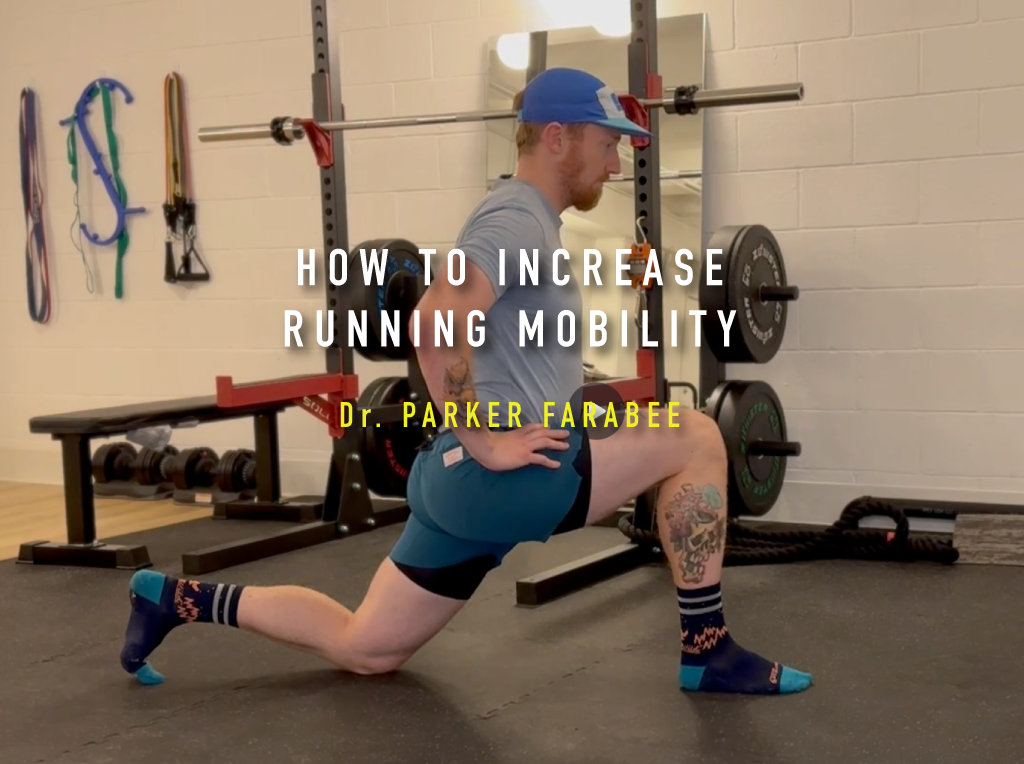
How To Increase Running Mobility
Parker Farabee Running Mobility by Parker Farabee
How To Increase Running Mobility
Parker Farabee Running Mobility by Parker Farabee
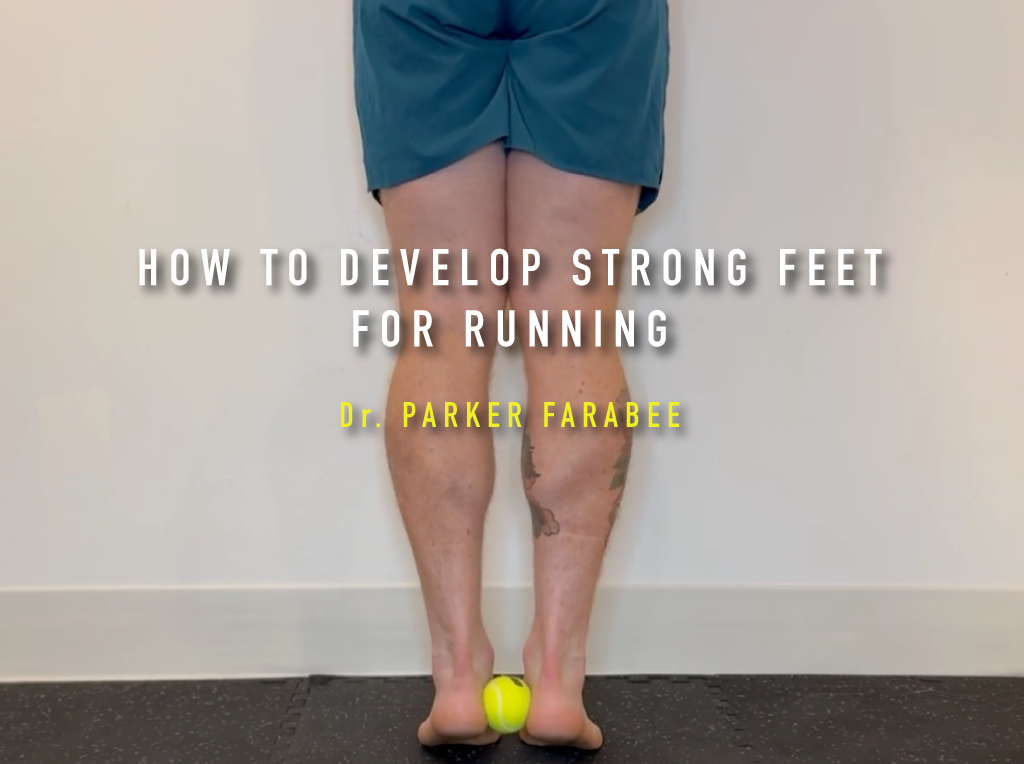
How to Get Strong Feet
Parker Farabee When was the last time you exercised your feet? Feet are a vital part of our daily functioning and the base of all running performance. This routine can...
How to Get Strong Feet
Parker Farabee When was the last time you exercised your feet? Feet are a vital part of our daily functioning and the base of all running performance. This routine can...
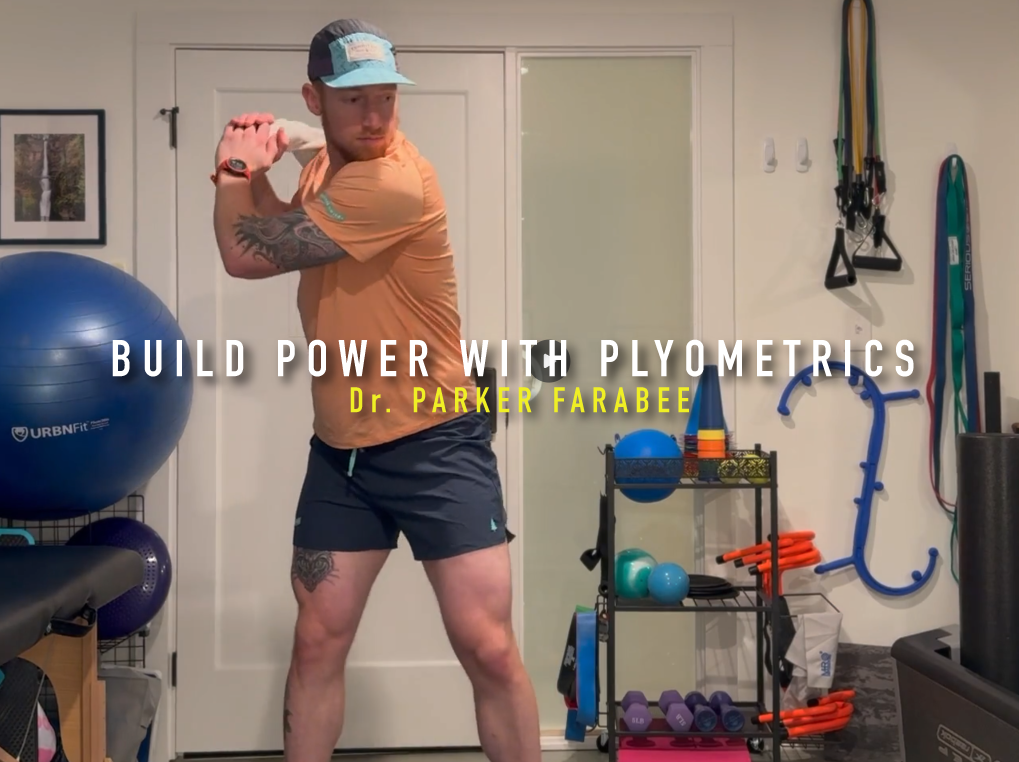
Build Power with Plyometrics
DR. PARKER FARABEE NEURO BASE CAMP Plyometrics are power based exercise that maximize the combination of speed and force development. They can be intimidating at first but by controlling the...
Build Power with Plyometrics
DR. PARKER FARABEE NEURO BASE CAMP Plyometrics are power based exercise that maximize the combination of speed and force development. They can be intimidating at first but by controlling the...
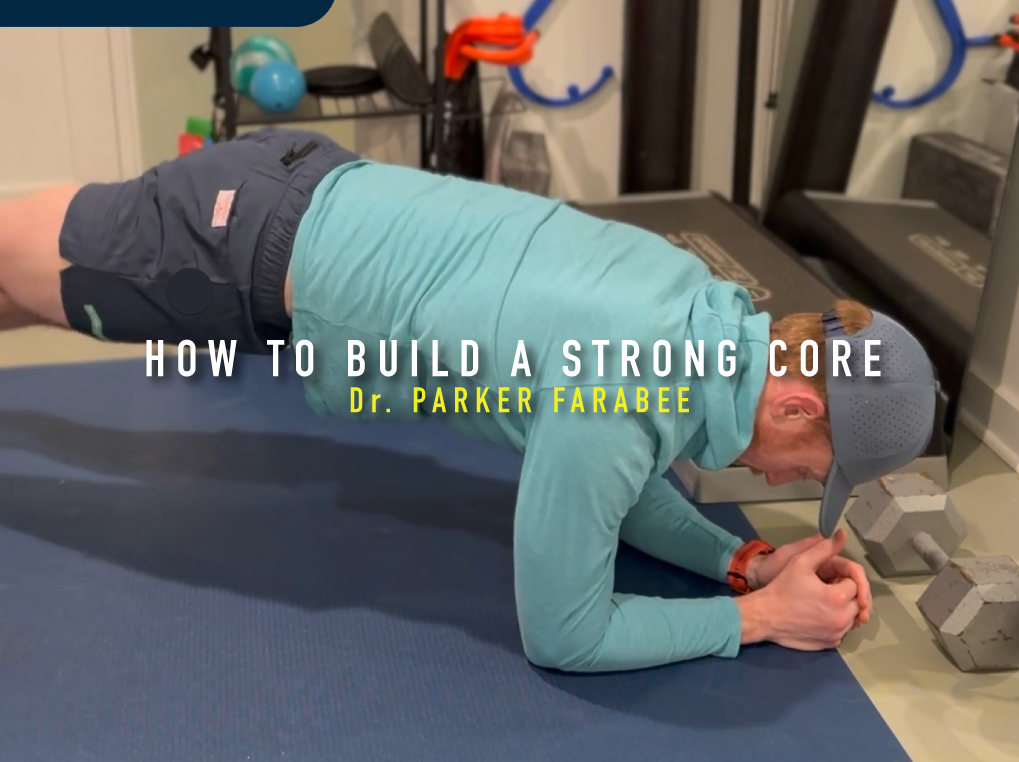
Core Workout #1
Dr. Parker Farabee Nero Base Camp A strong core provides the foundation for a successful running season. This circuit will help you create power and stability for your stride. Dr....
Core Workout #1
Dr. Parker Farabee Nero Base Camp A strong core provides the foundation for a successful running season. This circuit will help you create power and stability for your stride. Dr....
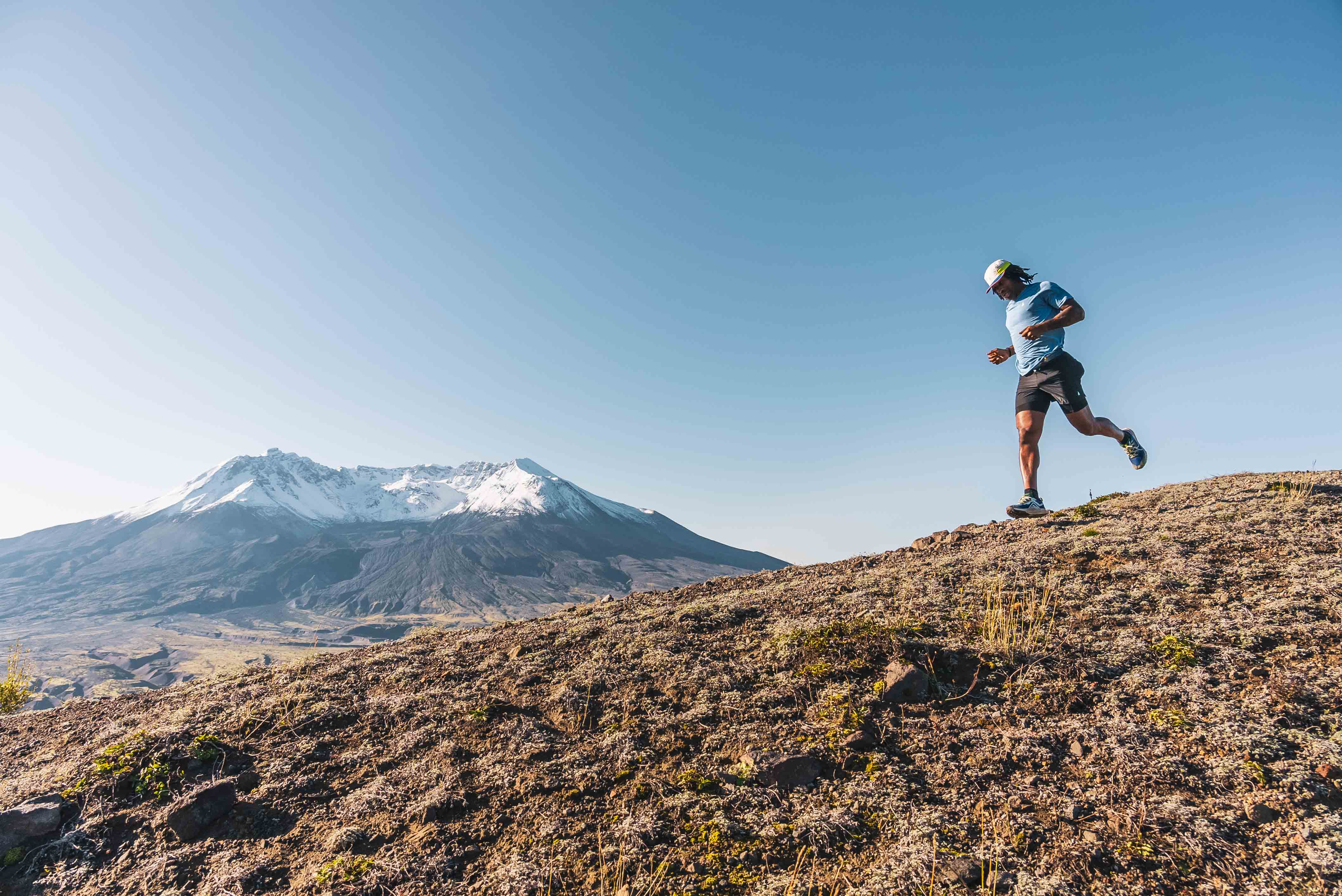
Downhill Running
By Andrew Miller Downhill running is often overlooked in training because it is less aerobically challenging than running uphill or running on flat terrain. Because it feels easier, most runners...
Downhill Running
By Andrew Miller Downhill running is often overlooked in training because it is less aerobically challenging than running uphill or running on flat terrain. Because it feels easier, most runners...
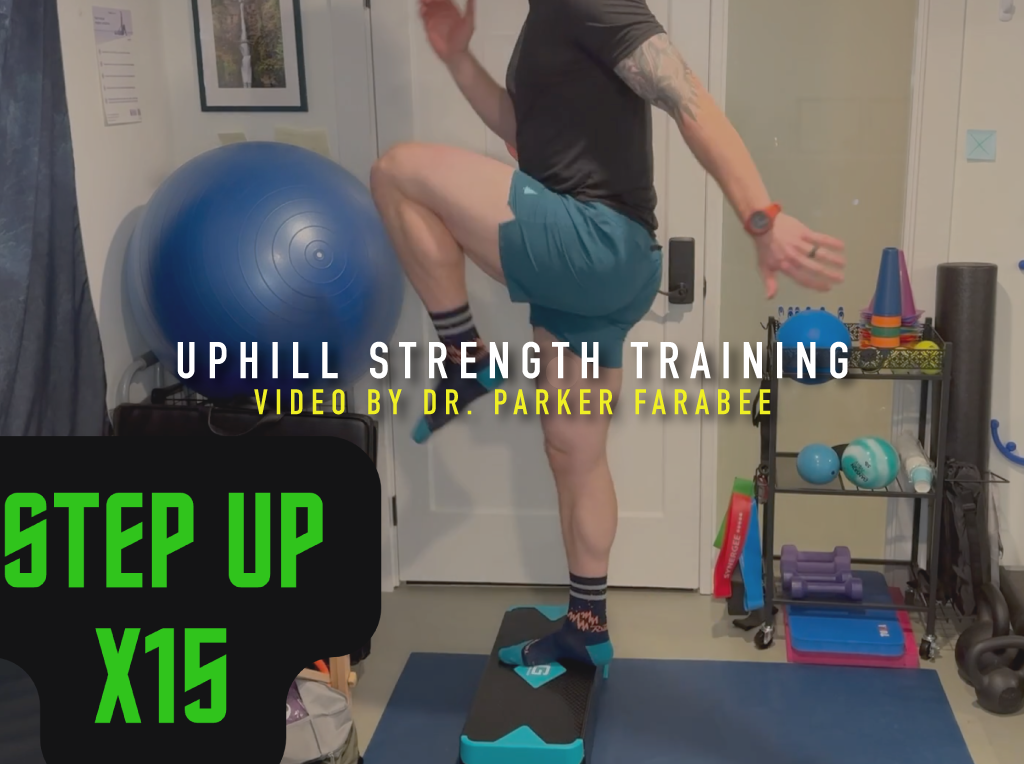
Uphill Strength Workout for Runners
Dr. Parker Farabee Neuro Base Camp Have you ever felt limited in your trail running by the uphill sections? Try adding this circuit workout a few times a week to...
Uphill Strength Workout for Runners
Dr. Parker Farabee Neuro Base Camp Have you ever felt limited in your trail running by the uphill sections? Try adding this circuit workout a few times a week to...